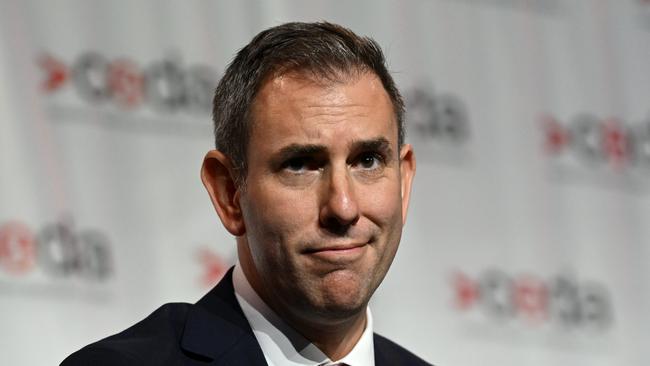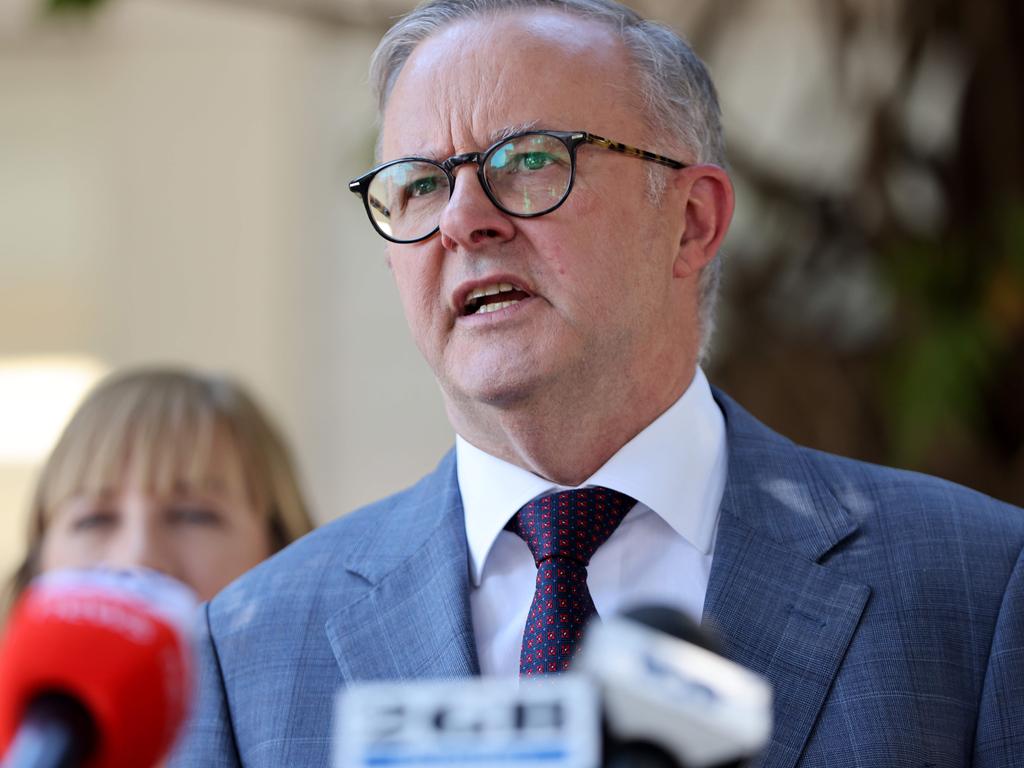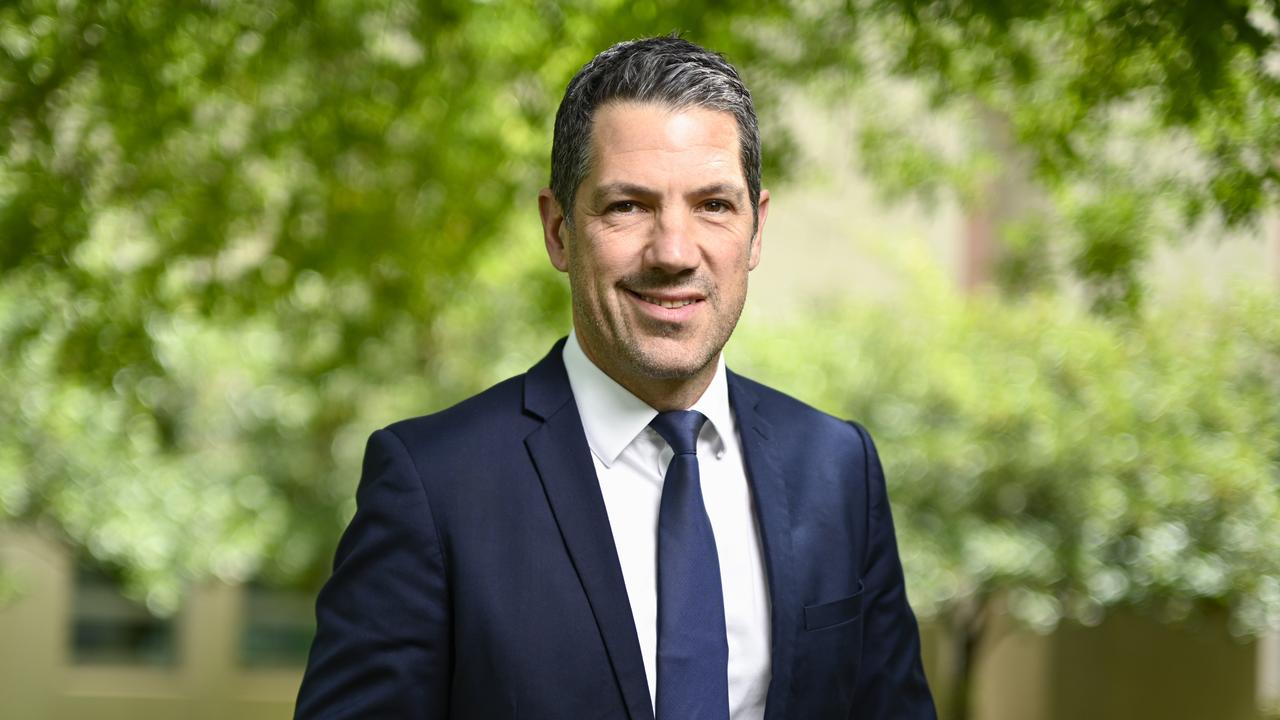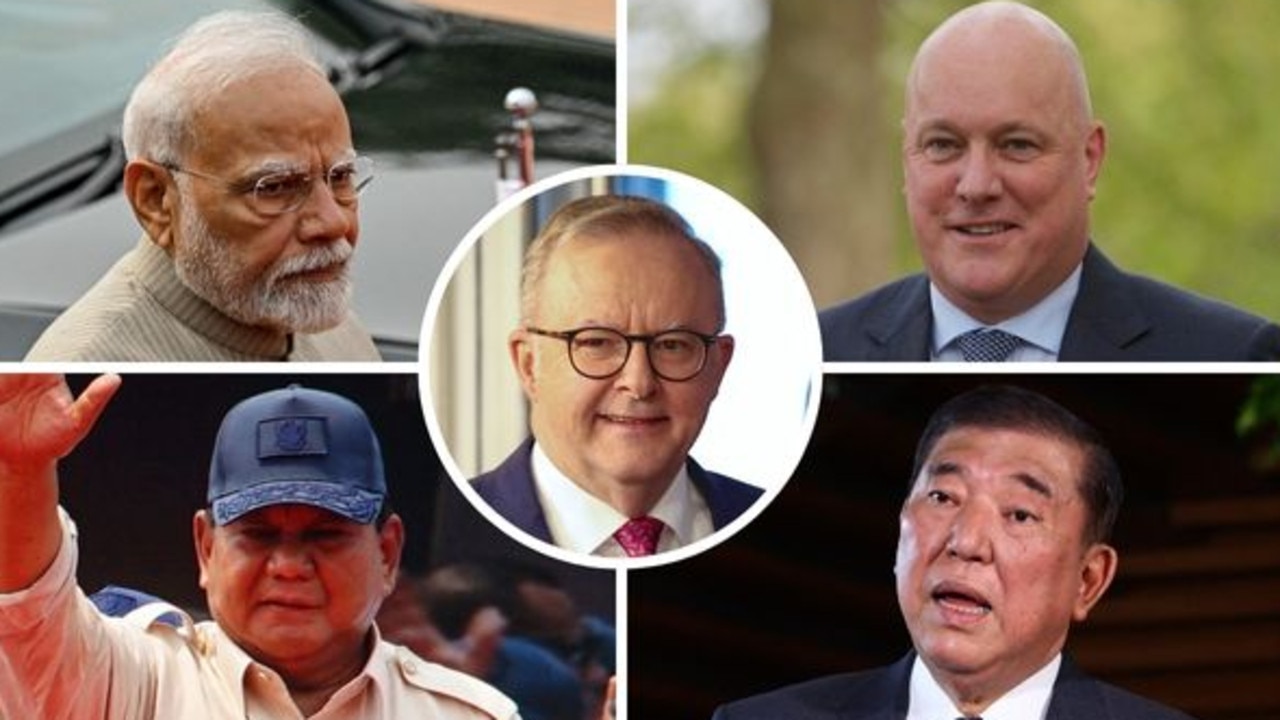We can’t escape global economic growth tremors, says Jim Chalmers
Jim Chalmers has branded IMF projections forecasting the weakest five years of global growth in three decades a ‘stark warning of the challenges facing the world economy’.

Jim Chalmers has branded newly released IMF projections forecasting the weakest five years of global growth in three decades a “stark warning of the challenges facing the world economy,” arguing that Australia would be negatively affected by the slowdown.
The Treasurer said that international developments would be a key influence on his second budget to be delivered in May that would aim to “strike the right balance between targeted cost-of-living relief, responsible fiscal management and laying the foundations for future growth”.
Dr Chalmers said that globally high inflation and interest rates, the impact of the war in Ukraine and “recent tremors” in the international financial system were “contributing to slower global growth and greater uncertainty”.

“Australians should be optimistic about the future of our country but realistic about the challenges we face, and how the slowing global economy will affect our own prospects,” he said.
The comments were made in response to an address by International Monetary Fund managing director Kristalina Georgieva in Washington that set out the challenges to global economic growth, warning that poverty and hunger were set to increase.
“We project global growth to remain around 3 per cent over the next five years – our lowest medium-term growth forecast since 1990, and well below the average of 3.8 per cent from the past two decades,” Ms Georgieva said. “This makes it even harder to reduce poverty, heal the economic scars of the Covid crisis, and provide new and better opportunities for all.”
Speaking ahead of the IMF’s World Economic Outlook to be released next week, Ms Georgieva said that about “90 per cent of advanced economies are projected to see a decline in their growth rate this year”.
She warned that growth remained weak in the near and medium term.
“Some momentum comes from emerging economies – Asia especially is a bright spot. India and China are expected to account for half of global growth in 2023,” she said.
“But others face a steeper climb. Economic activity is slowing in the United States and the Euro area, where higher interest rates weigh on demand.”
Ms Georgieva warned that, after a strong recovery in 2021, the shock of Russia’s invasion of Ukraine had helped to oversee a major drop in global growth last year from 6.1 per cent to 3.4 per cent.
“The slowdown has continued this year. Despite surprisingly resilient labour markets and consumer spending in most advanced economies, and the uplift from China’s reopening, we expect the world economy to grow less than 3 per cent in 2023,” she said.
“Getting up this hill requires major step changes. One is to boost productivity and growth potential through structural reforms and by accelerating the digital revolution, improving the business environment, and boosting human capital and inclusion.”
Ms Georgieva said the war in Ukraine now risked “wiping out the peace dividend” the world had enjoyed for the past three decades and would contribute to frictions in trade and finance.
She estimated that the cost of trade fragmentation could be as high as 7 per cent of global GDP, equivalent to the combined annual output of Germany and Japan.
“If technological decoupling is added, some countries could see losses of up to 12 per cent of GDP,” she said. “The fragmentation of capital flows, including foreign direct investment, would be another hit to the prospects for global growth.”
Ms Georgieva cited IMF research demonstrating that diversifying supply chains could “cut in half potential economic losses from supply disruptions.”








To join the conversation, please log in. Don't have an account? Register
Join the conversation, you are commenting as Logout